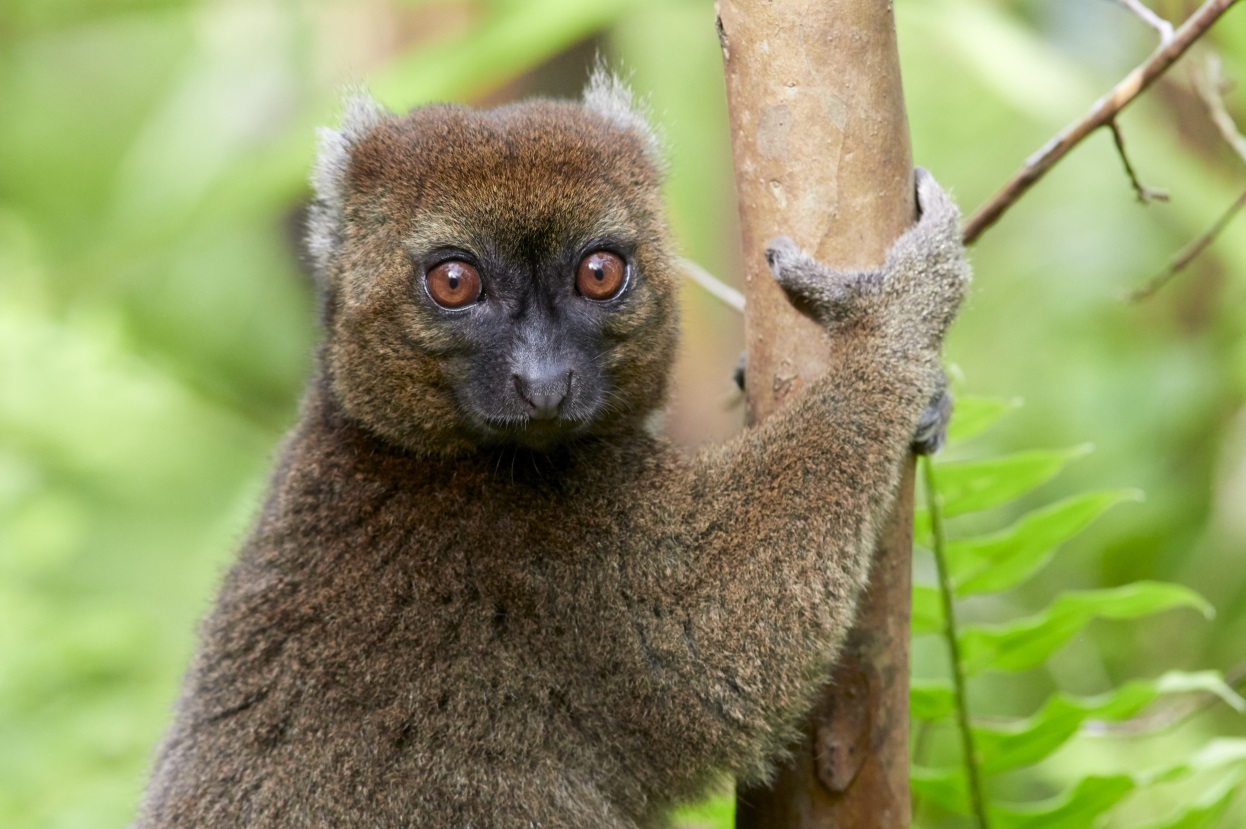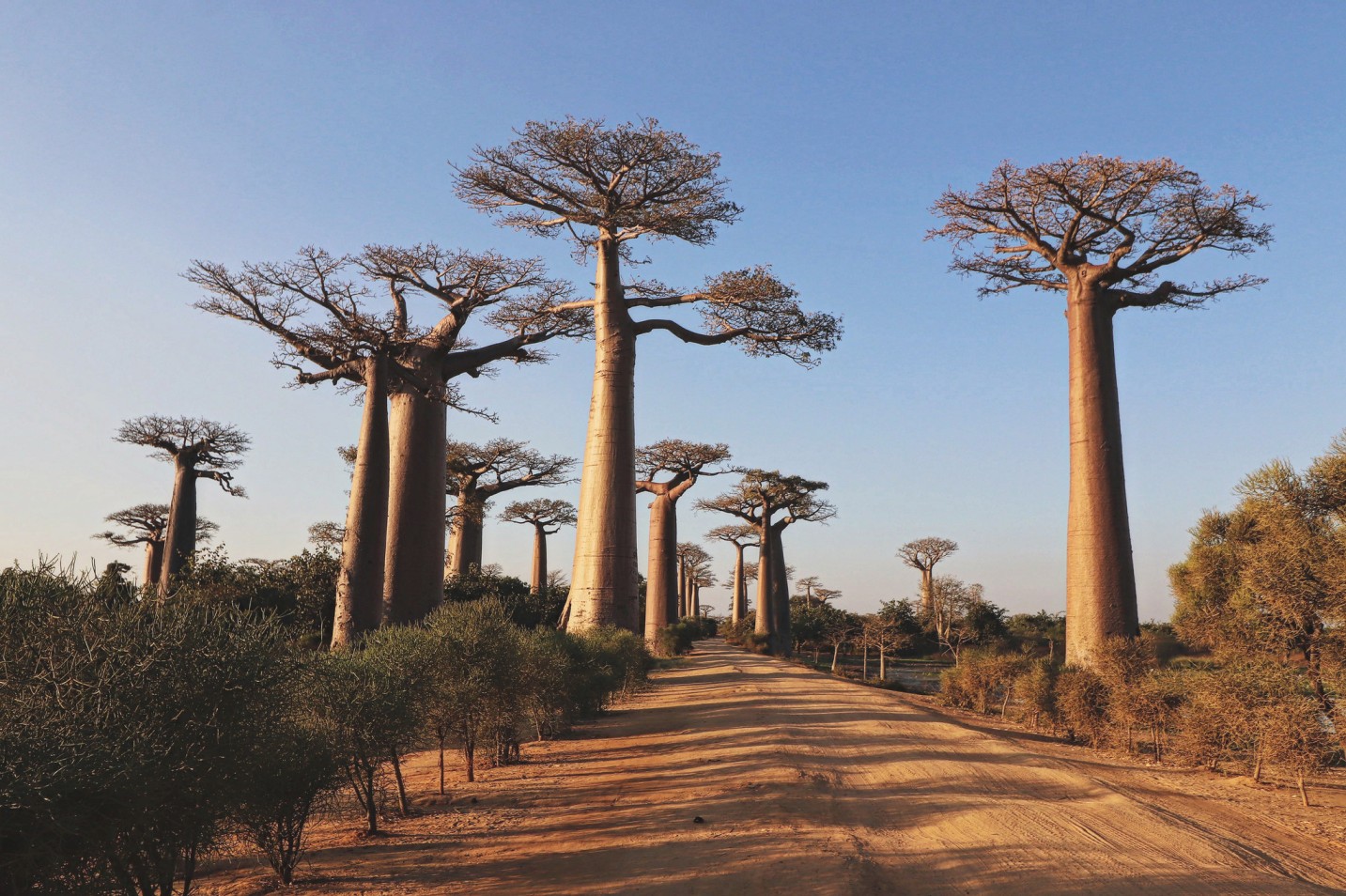Biodiversity protections off-track to meet Sustainable Development Goals – IUCN report
The state of biodiversity is in severe decline, with deforestation, land degradation and species extinctions all moving in the wrong direction to meet the Sustainable Development Goals, according to an IUCN report published today during the ongoing SDG Summit at the United Nations General Assembly in New York. The report recommends a set of actions that are urgently needed to correct the course and accelerate the implementation of the SDGs.

“A sustainable future is only possible with healthy nature at its core, as this report shows,” said Dr Grethel Aguilar, Acting Director General of IUCN. “Protecting the rich web of life in the soil, on land and under water brings enormous benefits for humanity, helping to address climate change and to ensure food and water security. The SDG Summit must mark a turning point and accelerate decisive action to halt and reverse the decline of nature, for humanity’s sake.”
The report, “Seven years to save nature and people: A proposed set of policies and actions for the SDG Summit”, examines the four ‘nature-related’ Goals: for clean water and sanitation, climate action, life below water and life on land (Goals 6, 13, 14 and 15 respectively). IUCN is the custodian of five indicators for SDGs 14 and 15, based on our work on protected areas and the IUCN Red List of Threatened Species™.
All five indicators reveal insufficient progress, according to the report. Progress on extending protected areas to include Key Biodiversity Areas – the most important places in the world for species and their habitats – has slowed to a crawl across all realms. The Red List Index shows that extinction rates are reaching levels unprecedented in human history, while the rate of introductions of invasive species is not slowing despite almost every country having adopted legislation related to their prevention or control.
The report notes that more than 12,000 species are affected by climate change according to the IUCN Red List of Threatened Species™, with rising temperatures connected to ecological, behavioural, physiological and genetic changes to animals, fungi and plants.
The report also highlights that while water use efficiency has improved since 2015, unsustainable water use remains a key driver of ecosystem degradation and species loss, as well as a significant threat to human well-being.
IUCN recommends a series of policies and investments that contribute to the overarching 2030 Agenda. For example, protecting and conserving areas of importance to biodiversity, including Key Biodiversity Areas, covering at least 30% of terrestrial, inland water, marine and coastal ecosystems is essential to maintain critical ecological processes, provide space for animals, fungi and plants, and support the lives and livelihoods of people who depend on them. IUCN also recommends the use of Nature-based Solutions for climate and disaster risk reduction, and investment in soil and land health to support a sustainable food system.
The report acknowledges that increased financing for biodiversity and climate, as well as creating an enabling global environment for developing countries, are essential to achieve the Goals. It highlights that trade policies addressing imported deforestation and extinction risk, sustainable supply chains, subsidy reform, and circular economy approaches can positively impact conservation and sustainable development.
“In addition to monitoring progress, the tools and standards that IUCN produces support collaboration, planning and action to advance the sustainable development agenda. These tools must be supported by adequate resourcing in order to ensure that they can continue to provide up-to-date, comprehensive information,” said Sonia Peña Moreno, Director of the International Policy Centre, who contributed to the report.
The full report can be accessed here.



